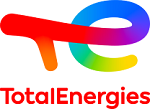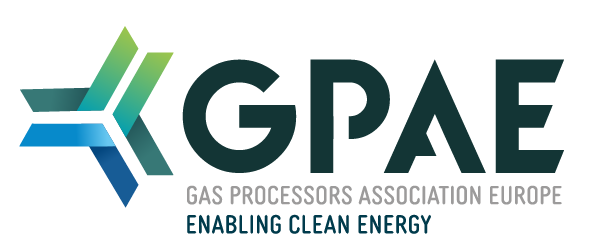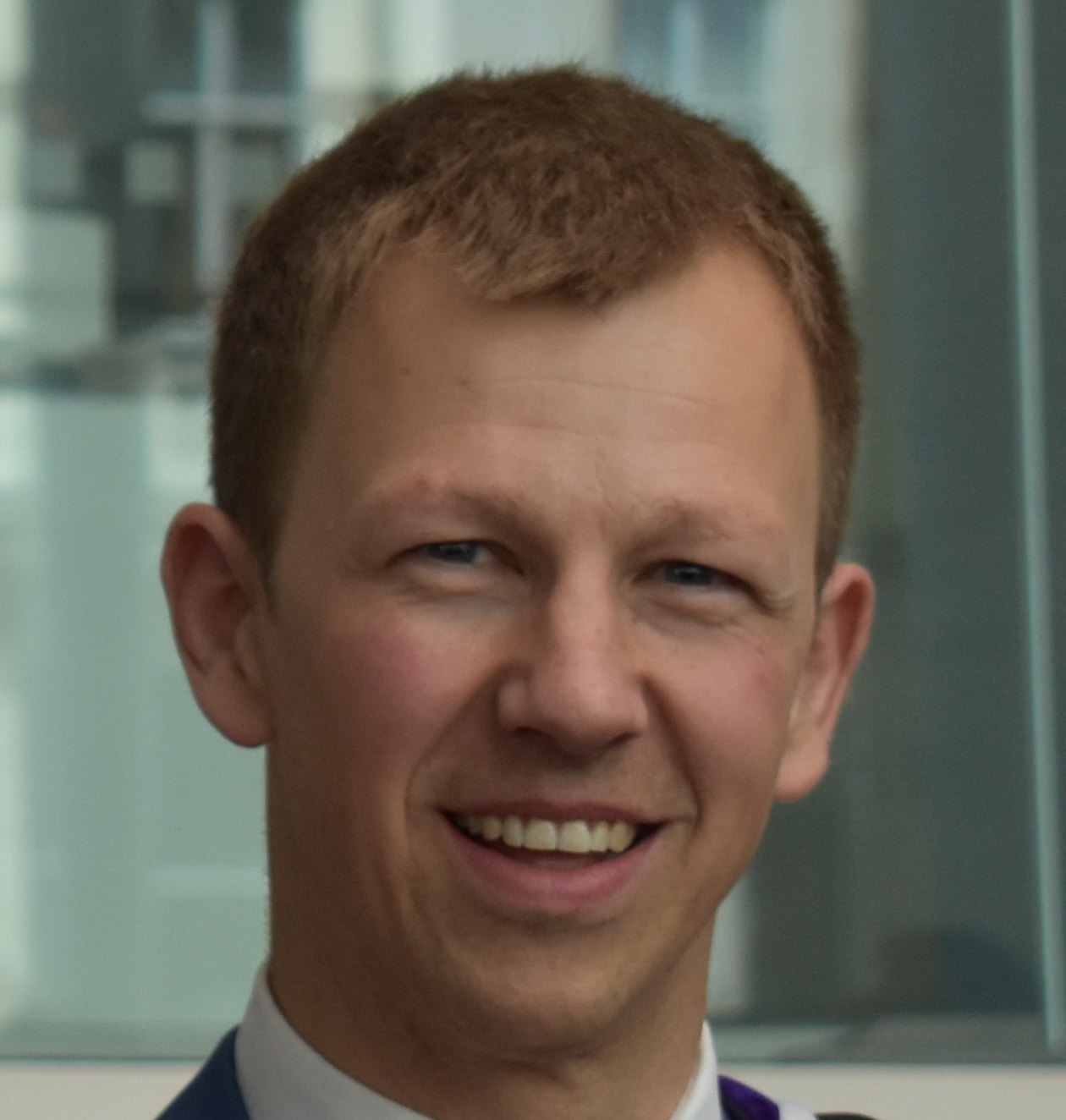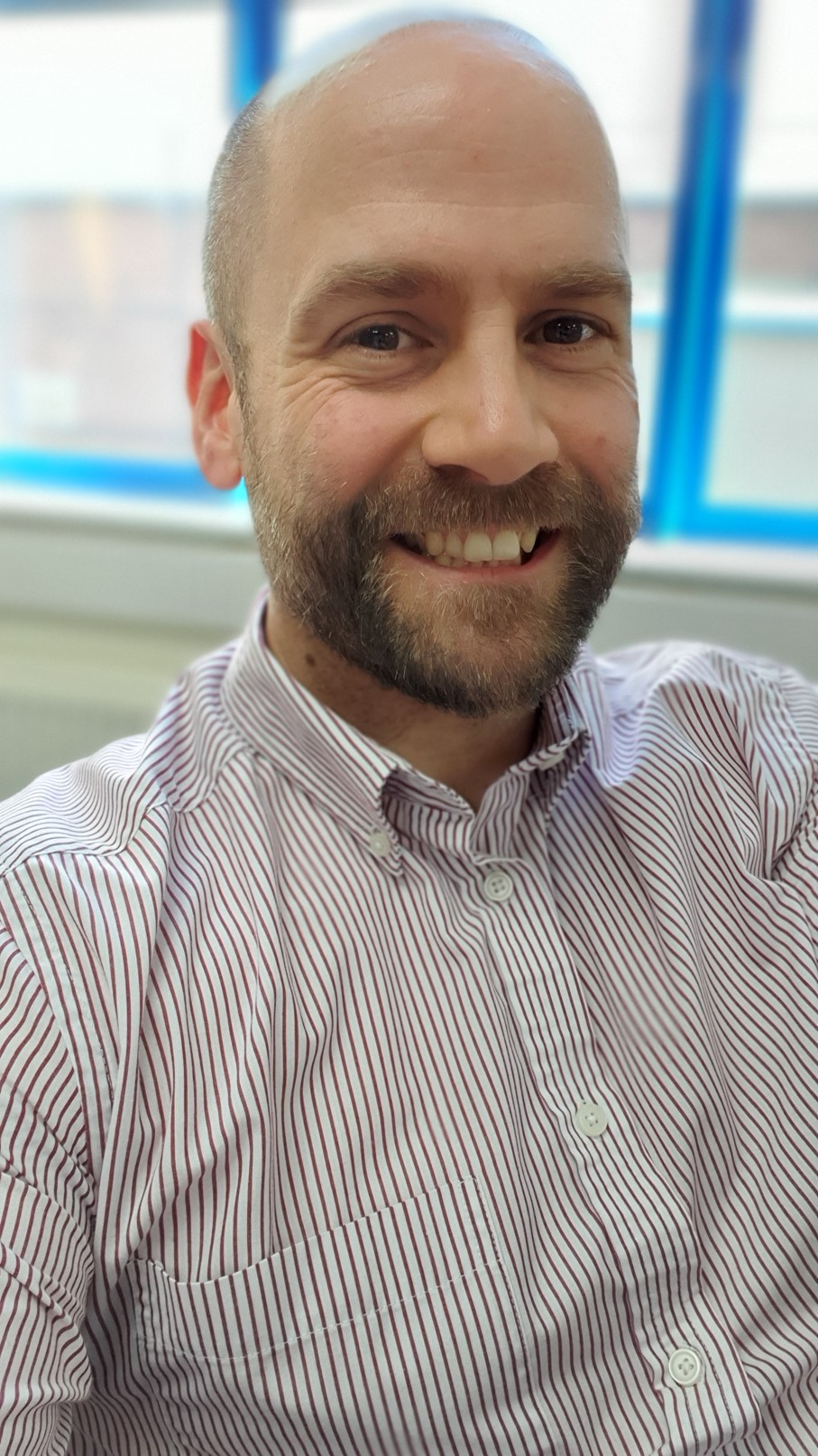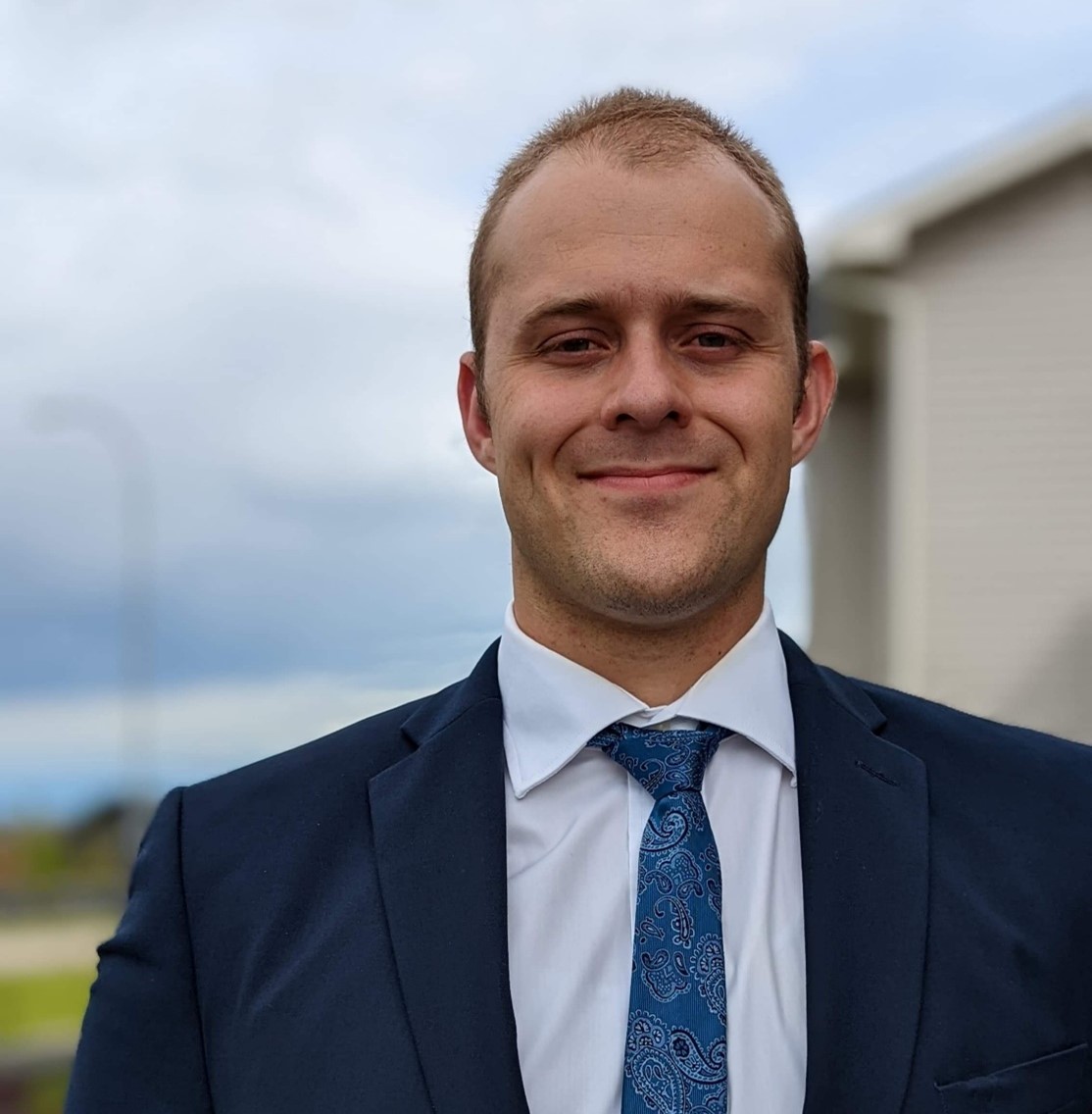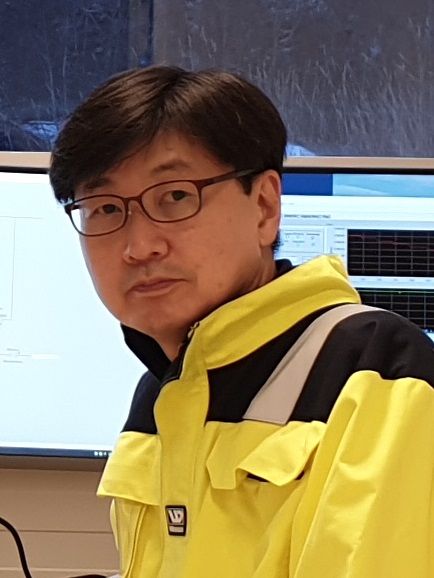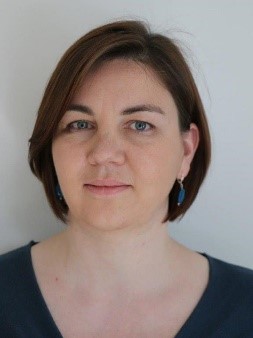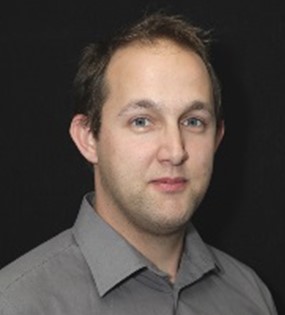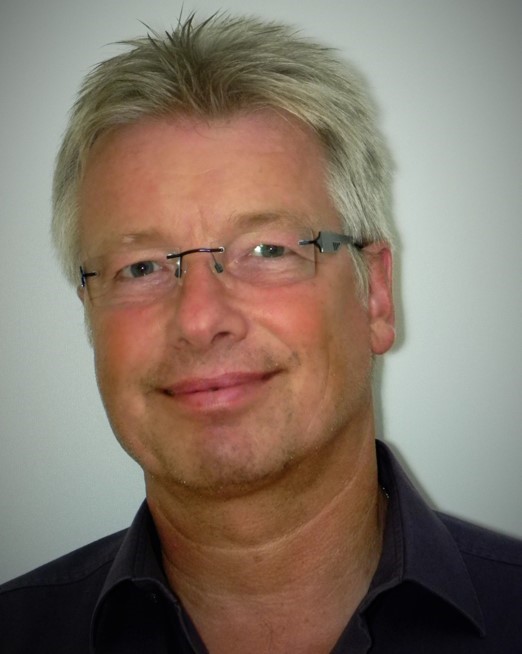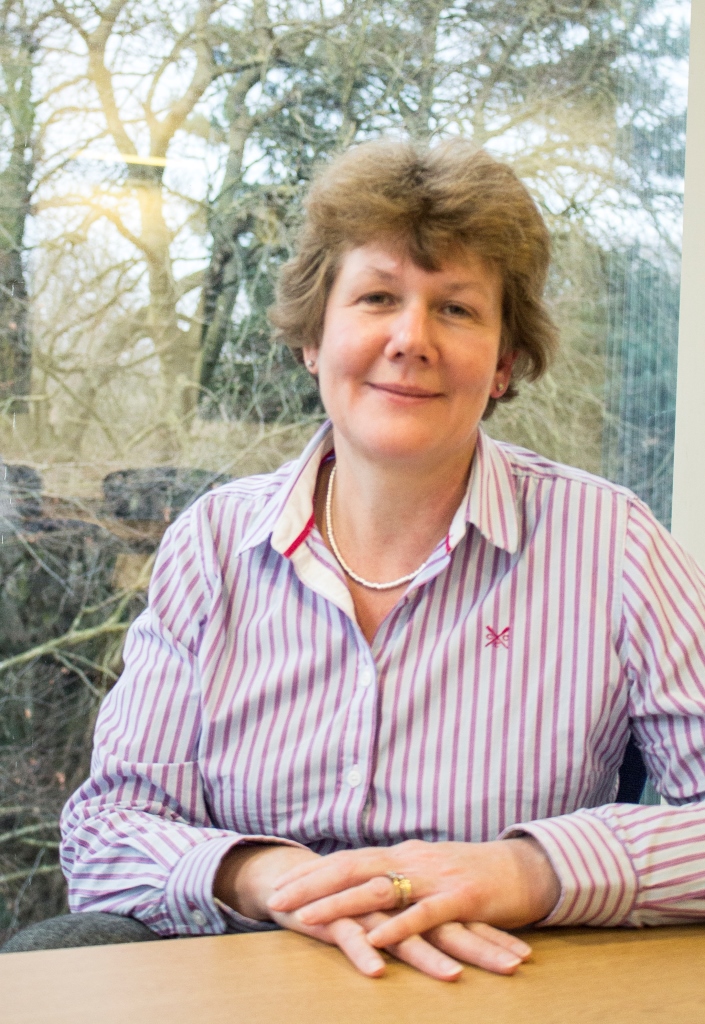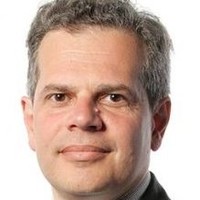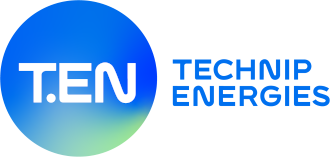TUESDAY 15 NOVEMBER
Accelerating the Transition
Digital Technologies to Accelerate Decarbonization of Gas Processing Facilities
Bart de Groot, Siemens Process Systems Engineering Limited
The gas processing industry is under increasing pressure from customers, governments, shareholders, and society as a whole to reduce the carbon footprint of their products and processes. As a result, many are adopting ‘net zero’ goals, and are developing strategies to achieve these goals. Invariably these strategies include transitioning towards (1) the production of hydrogen via a variety of routes, (2) carbon capture, utilization and storage, and (3) the use of bio-based feeds for the production of fuels.
For many of these technologies, challenges remain to scale up, reduce costs, integrate into wider process systems and increase confidence and acceptance.
In this presentation, we present how digital design techniques based on can help speed up technology development, map system interactions, determine optimal buffer sizing, especially in highly transient scenarios, optimize equipment and system designs, and ultimately provide reassurance to all stakeholders to confidently navigate the road to decarbonization.
Which Treatment Scheme to Select for Biogas Valorization? Story of a Technical Conceptual Study and Upskilling from Natural Gas to Biogas Industry
Celine Volpi, TotalEnergies
TotalEnergies ambitions to produce 2 TWh/year of biogas in 2025 and more than 5 TWh/year in 2030. The industry must adapt to ensure sustainable production of biomethane at large scale but also, for each company, to upgrade / adapt technical skills leverage on the historical actor.
Several biogas valorization’ schemes and technologies have been evaluated for a large capacity project in Europe. Is the widespread technology for biogas still the most adequate for large scale unit? Or should we select the standard technologies for natural gas?
The first step was to define the basis of design, including the future regulations and market constraints. Then, cleaning and upgrading process schemes are compared from technical, sustainability and economical points of view. The presentation will highlight the identified differences with natural gas treatment.
Comparison of Process Options for Sustainable Ammonia Production
Filip Čejka, Bryan Research & Engineering
Ammonia is one of the most produced chemicals in the world, with a production of about 150 million metric tons a year. It is critical for improved yields in modern agriculture as well as a chemical feedstock to various other processes. Today, Steam Methane Reforming (SMR), which uses fossil based natural gas as its feedstock, is the most widely used method for ammonia production. In this process, the natural gas is used to produce hydrogen, which is then reacted with nitrogen from the air to form ammonia. This technology generates a significant amount of greenhouse gases (GHGs), which has led to proposals for new processes that lower the carbon intensity of ammonia production while still maintaining process efficiency.
One approach for reducing GHGs from the conventional SMR process is either sequestration of vented CO2, carbon capture from process flue gas, or a combination of the two. These methods have sometimes been dubbed “Blue Ammonia”. Another approach, sometimes called “Green Ammonia”, utilizes water electrolysis as its source of hydrogen. The use of water electrolysis allows water and renewable sources of electricity, such as wind and solar, to supplant natural gas as the feedstock for the required hydrogen production. Two categories of electrolysis units include alkaline water electrolysis (AWE) and polymer electrolyte membrane electrolysis (PEM). While the SMR process can use air as its source of nitrogen, the AWE and PEM based technologies require pure nitrogen to be available. A third category of electrolysis, solid oxide electrolysis (SOE), can also generate pure hydrogen from renewable electricity, but unlike AWE and PEM, does not require pure nitrogen. SOE also provides additional avenues of heat integration between hydrogen production and ammonia synthesis that is lacking from the other electrolysis technologies.
A comparison is made between the various newer technologies to a conventional SMR system using a steady-state simulator. This comparison includes the configuration and requirements of each system, as well as each system’s carbon intensity and power requirements per ton of ammonia produced.
Non-Thermal Microwave Plasma Conversion of Methane to High Value Acetylene (and Hydrogen)
Paul Hudson, Transform Materials
Valorisation of methane by conversion to other products will be increasingly important as decarbonisation efforts change energy production. Electrification of gas fired ethylene crackers for example, will free up significant volumes of methane which will be available for conversion into higher value products via green processes. Transform Materials non-thermal microwave plasma process converts hydrocarbons directly to acetylene without producing CO2 in the reaction – in fact the only ‘by product’ is high purity hydrogen!
Use of renewable gas and green energy means this process can even be carbon negative, meaning green acetylene can be converted to things like green polymers e.g. PVC via VCM! The TM process is scalable, modular and can be deployed more locally to acetylene end users meaning simplified and greener supply chains and logistics.
A Physical Solvent Approach to Carbon Capture and its Applications for Blue Hydrogen
Charlie Gould, Fluor
Hydrogen production and carbon capture are major stepping stones towards a decarbonised future and are expected to be key components of the world’s energy transition away from fossil fuels. New low-cost technologies are critical to advancing these efforts. Bulk removal of CO2 is typically performed using an amine-based solvent such as MDEA (methyl-diethanolamine). However, in many applications with high CO2 partial pressures and little to no H2S, a better option may be a physical solvent, such as propylene carbonate, as used in the Fluor SolventSM process. Propylene carbonate is a non-corrosive, non-toxic, and biodegradable solvent, capable of achieving equal levels of CO2 capture with an estimated 80% reduction in primary energy input compared to a conventional amine-based CO2 removal system.
This paper explores the use of propylene carbonate to capture CO2 from existing or new-build hydrogen production plants (SMR, ATR, or POX) and recovery of that CO2 for carbon sequestration or EOR to produce Blue Hydrogen. In the example considered in this paper, the carbon capture unit is located downstream of the water-gas shift reactors in an ATR plant and upstream of a conventional PSA unit. The captured CO2 stream will have sufficient CO2 purity for sequestration or other industrial uses. This paper presents CO2 capture levels, captured CO2 purity, total utilities consumption and other key aspects of the process to provide a comparison between propylene carbonate and a conventional amine-based CO2 removal system.
Clean Hydrogen Purification with Catalysts and Adsorbents
François-Xavier Chiron, Axens
Regardless of its color (green / blue / pink / white / …), hydrogen will certainly play a major role in the industry energy transition and the future of transportation. While a lot of efforts are naturally put to decrease the CAPEX of clean Hydrogen production, purification is often seen as a black box that still has to deliver up to 99.999 vol % H2. Hydrogen coming out of a manufacturing process (methane reforming / Electrolysis) or stored geologically come together with an array of impurities: oxygen, water, carbon oxides and sulfur to name the major components. Usages in mobility via a fuel cell or the use of hydrogen as a reactant in a catalytic conversion impose tight specification especially on oxygen and water.
This paper focuses on some key purification steps that use catalysts, adsorbents or scavengers to meet the required hydrogen purity.
The first application is the PDU (Purification & Drying Unit) located directly downstream an electrolyser. This purification package includes a deoxo catalyst (Axens commercial name is DO 125) and molecular sieve driers packed in a “zero-loss TSA system”. Depending on the electrolysis technology (AEL / PEM) hydrogen comes out with different levels of oxygen, but always water saturated. Oxygen is easily reacted with hydrogen over a precious metal catalyst: H2 + ½ O2 = H2O. Axens has developed in its historic facility at Salindres, France, a very active Pd based catalyst, supported on a specific alumina. Subsequently, the gas is cooled down and water is knocked out before entering the dehydration section. Based on years of experience in refining and Natural gas treatment, the drying section utilizes Axens MultiBed™ configuration so that water levels as low as 0.1 ppm mol can be guaranteed at the PDU section outlet.
Similarly, a PDU can be installed on blue hydrogen, just downstream the PSA. This unit is very similar to the PDU on electrolysers, with the difference that it is not O2 that has to be removed but traces of CO/CO2. Carbon oxides are well known poisons to fuel cells as well as for catalyst used in the hydrogenation of toluene for LOHC application for instance. Axens proposes MT 201 R, a pre-reduced methanation catalyst that effectively brings the CO/CO2 level to ultra-low concentration. Methanation is classically followed by a zero-loss TSA system, integrated on a skid.
Other purification with Axens adsorbents include the purification of white H2 (native H2) and hydrogen stored in salt caverns where hydrogen comes out enriched in sulfur. Sulfur scavengers produced in Axens factory in Saint-Louis are used to bring the hydrogen back to the highest standard.
Originating from years of experience in Adsorbents and Catalysts manufacturing, Axens proposes purification solution on all kind of hydrogen streams so that any specification can be met.
Qualification of membranes for subsea CO2 separation based on tests from lab scale to small-industrial scale
Taek-Joong Kim1, Rune Gaarder1, Tor Erling Unander1, Inna Kim1, Magne Lysberg1, Are Lund1, Pål Helge Nøkleby2
1SINTEF Industry, Trondheim, Norway
2Aker Carbon Capture, Bærum, Norway
COMPMEM is a joint industrial project initiated by Aker Carbon Capture (ACC) aiming at the validation and pilot scale demonstration of membrane-based process for subsea CO2 separation. The separated CO2 is to be reinjected to increase recovery rates in offshore oil and gas fields.
Firstly , four membrane qualities have been tested in the lab scale at the conditions relevant to subsea gas separation – within the broad range of temperature (40-90 oC), feed (35-90 bar) and permeate (2-35 bar) gas pressures, and CO2 content in the feed gas (10-90%). To cover such a broad range of operating conditions with minimum possible number of experiments, statistical design of experiments principle was applied.
Based on the results from these experiments and compatibility testing of the membrane materials and potting materials with harsh conditions potentially present at sub-sea conditions, only two membrane qualities were selected for further testing in small-industrial scale rig built at SINTEF.
Results from the lab-scale testing of the membrane performance and description of the pilot scale test rig and its test results will be presented.
WEDNESDAY 16 NOVEMBER
Traditional Gas Treatment
Degradation of Desiccants Beyond Hydrothermal Stability
John Jacobs, University of Calgary
Industrially, thermal swing adsorption using molecular sieves is a common technique to dehydrate natural gas. These systems are designed to operate for years at a time, with adsorbent materials subjected to thousands of cycles. Despite all the efforts into adsorption research, there is very little open literature on the degradation of these materials over prolonged cycling before selection for service. Herein, we describe a novel instrument, capable of thousands of thermal swing adsorption cycles in a short period of time for multiple samples and different gas compositions. The degrading of zeolite 4A, zeolite 13X and three different pore size silica gels was investigated using this instrument. By measuring the change in performance of the materials after 5000 temperature swing adsorption cycles, insights into the mechanisms of degradation and the role of CO2 in the degradation have been elucidated.
Improvement of Process Efficiency for Natural Gas Applications by Fujifilm Apura™ Gas Separation Membranes
Davide Bocciardo, FUJIFILM
In the last several years membrane-based gas separation applications are gaining a larger acceptance in the Oil & Gas industry and are competing with conventional purification technologies such as Amine Towers, Pressure Swing Adsorption (PSA) and Cryogenic Distillation.
Fujifilm has a long-standing experience in multi-layer coating and in high quality performance of manufacturing processes, which are based on photographic film manufacturing. This is the foundation for the development of highly functional membranes for gas separation which has been commercialized in 2014 under the brand name Fujifilm Apura™. There are two main applications for Fujifilm Apura™: natural gas sweetening for by Apura™ and for fuel gas conditioning by Apura™-FG.
Fujifilm Apura™ technology has been proven by several worldwide installations including competitor replacements. Fujifilm Apura™ proved superior performances compared to competitor gas separation membranes, which led to plant efficiency improvement and reduction of CO2 and Volatile Organic Compounds (VOCs) emissions.
This presentation will introduce the Fujifilm Apura Gas Separation technology and will also cover case studies where Natural Gas operators successfully deployed Fujifilm Apura™ membrane modules.
Reducing Methane Emissions in the Energy Sector: A Team Effort
Angelo Lo Nigro, RINA
Natural gas has been listed few months ago as environmentally sustainable in the EU Taxonomy Regulation, subject to satisfaction of certain criteria, such as on emissions limits. This will certainly help the development of the new LNG infrastructures we need to enhance the security of our energy system, as the recent war in Ukraine has emphasized: natural gas is, and will continue to be, a key energy source during the energy transition.
As more natural gas could mean more methane emissions, which we cannot afford, on December 2021, the European Commission published the proposal for a regulation on “methane emissions reduction in the energy sector and amending Regulation (EU) 2019/942”. Methane indeed is responsible for about 30% of current global warming, second only to CO2. According to UNFCCC, the Energy sector is responsible for 18% of anthropogenic methane emissions, corresponding to 129 bcm/year, almost twice Italy’s consumptions, and with high potential for a rapid, efficient, and effective reduction (up to 41% at no cost, according to IEA). Once issued, the regulation will be immediately in force across the Union, showing the strong commitment to expedite the implementation of the measures to reduce emissions across Europe. The main objectives of the regulation are the adoption of the highest MRV standards, the immediate reduction of emissions through mandatory LDAR, and the ban on venting and flaring, and the transparency on emissions related to gas imported into the EU.
The proposal is certainly an important milestone, and it can help achieving our common goals, but methane emissions were already in our agenda, with significant results already been achieved by various operators.
RINA has been involved in various projects worldwide along the whole value chain: technology assessment, plant design, O&M engineering, plant inspection, monitoring, and reporting. All with a focus to reduce methane emissions.
RINA is also contributing to the Assorisorse working group on methane emissions, which recently released a white paper on the matter.
The presentation will provide an overview of the international activities, regulations and working groups addressing methane emissions, and will show some case histories taken from RINA references, which include the application of novel technologies and the development of advanced tools and methods to reduce emissions in existing oil & gas infrastructures.
Minimizing the Energy Consumption of a Carbon Capture Unit Installed on a Steam Methane Reformer While Limiting its Impact on Overall Design
Clement Salais, Axens
Hydrogen is seen as a future major energy carrier. However, current hydrogen production technologies from fossil fuels (so-called “grey” hydrogen) emit considerable amounts of CO2 as a co-product and carbon-free technologies (such as for instance “green” hydrogen produced through electrolysis of water with renewable electricity source) are still in early stages of development. One mid-term solution to reduce CO2 emissions in an attempt to reach COP21 objectives for 2050 is to capture CO2 released by the production of hydrogen from fossil fuels.
This paper focuses on carbon capture (CCS) in the syngas produced in a steam methane reformer (SMR) using the reactive absorption of CO2 with an amine solvent and its impact on the SMR design.
AXENS as Licensor of AdvAmine™ technology for gas sweetening process and provider of reformer furnaces through its Heurtey Petrochem brand detains an independent expertise for the evaluation of optimum design conditions of the amine system to minimize OPEX of the CO2 capture, and for the evaluation of the impact on the reformer, as well as the overall carbon footprint of the hydrogen produced, under the various considered process configurations.
In a first step several process schemes, using AdvAmine™ for the carbon capture from a syngas flow exiting a SMR unit are investigated and compared to minimize the energy consumption. To do so, the studied schemes are optimized by process simulation using a dedicated proprietary software, sized and then compared with techno-economic criteria.
In a second step, this paper evaluates the impact of removing CO2 from the syngas with such amine process, on the overall design of the SMR. The removal of CO2 from the syngas significantly modifies the composition at the inlet of the hydrogen purification through Pressure Swing Adsorption (PSA). Even though it may lead to only minor modifications on the PSA required for the purification of hydrogen, this change in PSA feed gas composition will drastically change the composition of the PSA purge gas. This PSA purge gas being recycled as a fuel to main SMR furnace, this will then impact the reformer section design and operation. Accordingly, the impact on the overall balances for make-up fuel requirement, steam production and overall CO2 footprint of the SMR are addressed considering two distinct scenario cases: the SMR grassroot design and existing SMR revamp case. Heat integration between the reformer and the amine carbon capture unit have also been considered, in order to optimize the overall process configuration. The specific constraints of the revamp case, for which some of the existing equipment items cannot be modified, lead to a less effective carbon capture than for the grassroot case.




